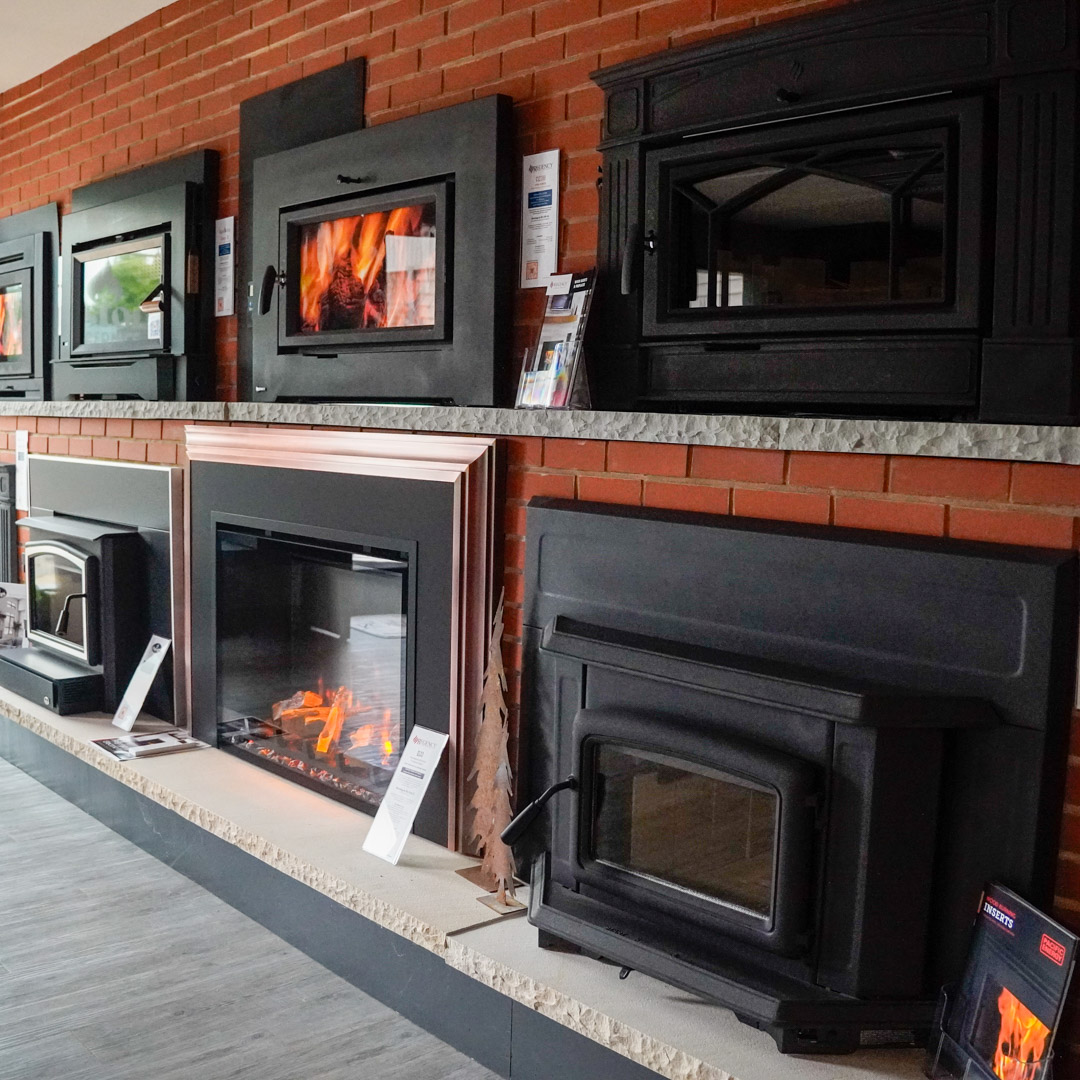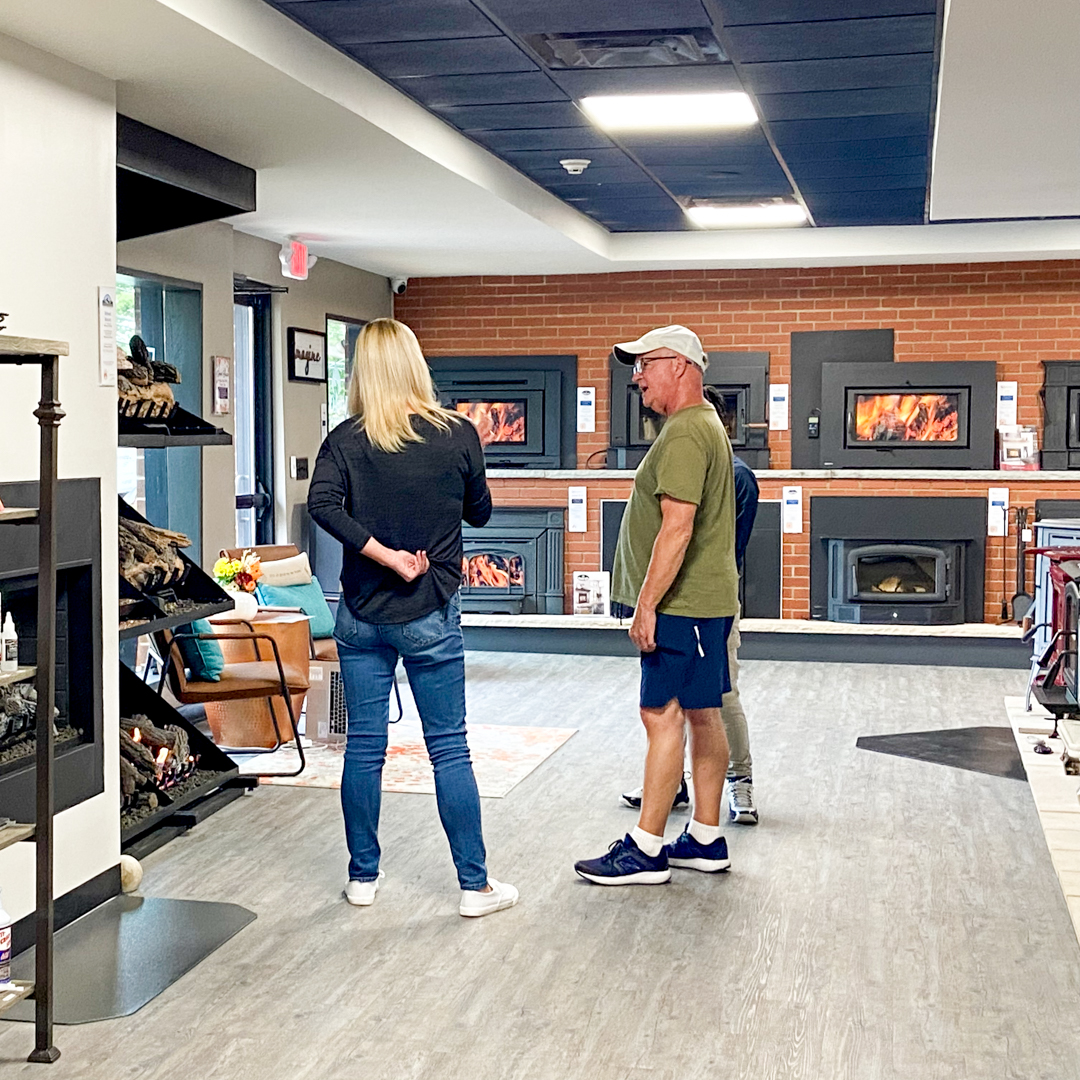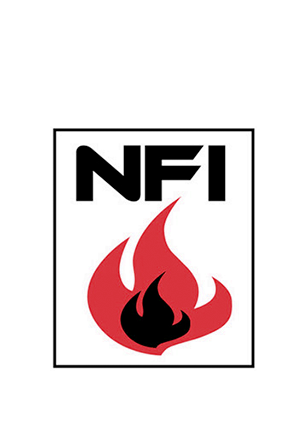What’s the Difference Between a Fireplace and an Insert?
- Hits: 1056
The traditional fireplace may not be the most efficient heating source, but the ambiance and nostalgia that comes from a roaring fire can’t be beaten. Enter the insert that delivers an authentic fireplace experience with significantly improved energy efficiency. In this guide, we’ll break down the differences between a traditional fireplace and an insert and help you decide which option is best for your home.
 What is a Fireplace?
What is a Fireplace?
Most people understand what a fireplace is, but for comparison, a fireplace is a built-in structure that houses and contains a fire. Traditional fireplaces are typically made from brick or stone and use wood for fuel. Fireplaces are sought after by many potential homebuyers because they serve as a focal point and provide a rustic charm. Fireplaces need a chimney to vent toxic gases and smoke safely out of the house and require regular upkeep to ensure safety.
Generally, traditional fireplaces burn wood, but there are gas and electric options available, although some don’t see these as authentic.
What is a Fireplace Insert?
Fireplace inserts are self-contained units that fit into an existing fireplace. Inserts are designed to be more energy efficient than a traditional wood-burning fireplace. They seal drafts and produce more heat, making them an attractive option for many homeowners. Inserts also come in wood-burning, electric, and gas variations.
Benefits of a Fireplace Insert
As mentioned, the most significant benefit of an insert is its energy efficiency. For example, an EPA-certified insert can be up to 90% more efficient than a traditional wood-burning fireplace.
Inserts are more versatile, too. You can install them in your existing fireplace or use it as a freestanding unit.
Lastly, inserts come in various styles and finishes, making it easy to complement your home’s décor.
Key Differences Between Fireplaces and Inserts
Installation: Fireplaces are permanent structures that require building the fireplace and the chimney, while you can install an insert within an existing fireplace or as a standalone unit, requiring minimal effort.
Heating Efficiency: Traditional fireplaces look great but are terrible as an efficient heat source. Most heat energy escapes up the chimney instead of staying in the house. Inserts, on the other hand, are designed for maximum heat output and distribution, making them superior to traditional fireplaces as a heating system.
Maintenance: If you own a traditional fireplace, you know how important regular cleaning, repair, and inspections are. Inserts require less maintenance, especially if you’re using a gas or electric model.
Cost: Because of the construction required, traditional fireplaces can be cost-prohibitive. Inserts are generally more cost-effective, especially when retrofitting an existing fireplace.
Which System is Right For You?
As you can see, inserts have many advantages over traditional fireplaces, but if you’re on the fence, here are some tips to push you in the direction that’s best for your home.
First, ask what are your heating needs. If your main goal is to heat the home, the insert is a better choice because they’re specifically designed to generate and retain heat, making them more energy-efficient and your home more comfortable.

Next, think about the aesthetics. If you value the timeless look and sounds and the ritual of building and maintaining a fire, then you can’t go wrong with a traditional fireplace. Gas and electric models are easier but don’t offer the same experience as a “real” fireplace.
You must also consider the maintenance involved. True, a traditional fireplace can’t be beaten in terms of nostalgia and aesthetics, but it requires a lot of maintenance to ensure safety. If you don’t want to deal with the cost and hassle of annual or semi-annual cleanings and inspections, an insert is the better choice.
Lastly, what is your budget? Traditional fireplaces are expensive to install because they require professional construction and chimney installation. The average cost of a wood-burning or gas fireplace installation ranges from $2,500 to $10,000, while you can install an insert for as little as $700.
The system you choose depends on your needs and budget. If you’re still deciding or have more questions, contact the pros at Keystone Fireplace.






